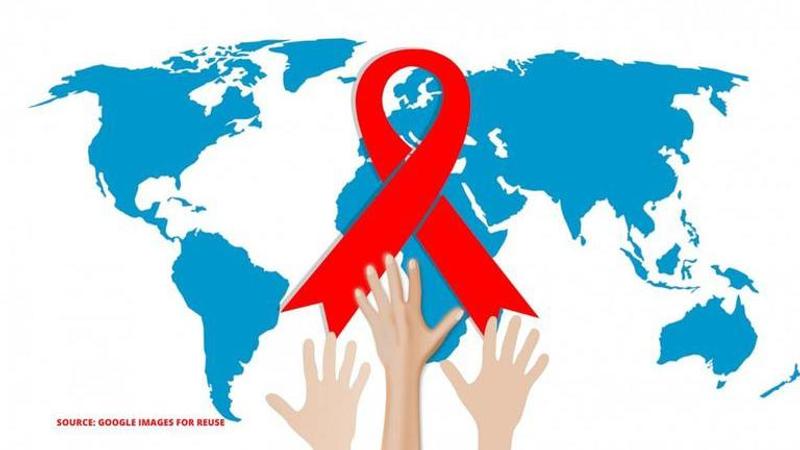Published 22:30 IST, May 17th 2020
World AIDS Vaccine Day 2020: Read about its significance and history
World AIDS Vaccine Day 2020 is here. On the occasion, here is a brief look at the history of AIDS and World AIDS Vaccine Day and why it is celebrated.

Advertisement
May 18 is celebrated as World AIDS Vaccine Day. AIDS is a perpetual health issue that haunts the world. There has been no vaccine made yet to curb this disease. And so to spread awareness about this disease, May 18 is celebrated as the World AIDS Vaccine Day. Read more about its history and significance:
World AIDS Vaccine Day History
HIV or AIDS spreads due to three major reasons. Sexual contact, mother-to-child, or by exchanging body fluids. It was first clinically reported in the United States back in 1981. Five cases of AIDS were found on June 5, 1981. Both HIV1 and HIV2 came from non-human primates. As it was incurable and fatal, several misconceptions grew like a wild weed around the disease and people started shamming those who were affected by HIV.
To curb misinformation and hatred due to false rumours, and to stop the further spread of the disease, May 18 was celebrated as World Aids Vaccine Day by the U.S. Bill Clinton, according to reports. In his 1997 speech talked about the importance of celebrating this day. He also talked about spreading awareness about it and having safe sex are the only ways this disease can be stopped at its root.
The first World Aids Vaccine Day was celebrated officially on May 18, 1998. Reports state that it was celebrated to commemorate the anniversary of Clinton’s speech and since then the tradition has caught on. AIDS can only be prevented if people are educated about this disease, so it is quite necessary to celebrate this day.
In 2019, on the occasion of World AIDS Day, the official twitter handle of the World Health Organisation tweeted about the then-current status of HIV cases in the world. It stated that there were approximately 37.9 million people living with HIV at the end of 2018. Among them, 79 per cent had been diagnosed with the disease and 62 per cent were receiving some kind of immunity treatment. 53 per cent had achieved suppression of the HIV virus, which means they were at a point where the chances of them being responsible for the further spread of the disease were very low.
ALSO READ | Benafsha Soonawalla Reveals Why She Took Time To Announce Relationship With Priyank Sharma
22:30 IST, May 17th 2020



